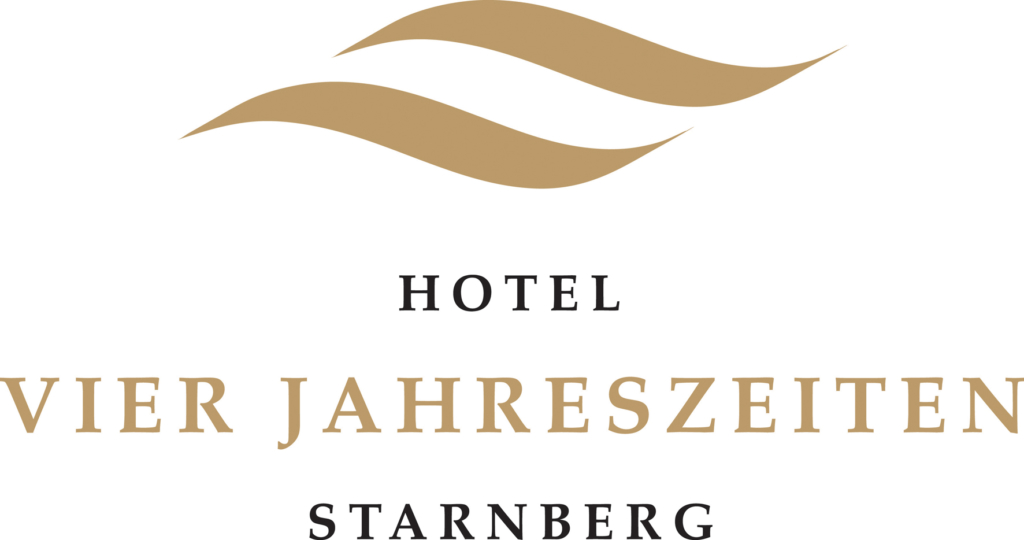In an industry where every click counts, Online Travel Agencies (OTAs) face mounting pressure to stay visible and competitive. With travelers relying more than ever on comparison shopping, metasearch platforms like Google Hotel Ads, Trivago, and Kayak have become essential gateways to bookings. These platforms don’t just showcase options — they shape purchase decisions.
For OTAs, appearing on metasearch is no longer optional. It’s a fundamental part of the digital distribution strategy. But while many focus on outbidding competitors for better placement, fewer understand that success isn’t just about spending — it’s about pricing consistency.
This is where rate parity enters the picture.
Rate parity — the practice of offering the same room rate across all booking channels — directly affects how OTAs perform on metasearch. When parity breaks, even high-quality listings can be penalized by algorithms or overlooked by price-conscious travelers.
In this blog, we’ll take a closer look at how metasearch engines rank OTA listings. Then we’ll explore how rate parity impacts both visibility and conversions. Finally, we’ll outline how OTAs can compete more effectively on these increasingly competitive channels.
-
What Is Metasearch and Why It Matters for OTAs
Metasearch platforms aggregate hotel prices from multiple sources — including brand websites, OTAs, and wholesalers — and display them side by side for users to compare. These platforms don’t take bookings directly; instead, they redirect users to a booking site to complete the transaction.
Why does this matter? Because travelers are comparison shoppers. A study highlighted that approximately 80% of travelers prefer booking through hotel metasearch platforms like TripAdvisor, Trivago, and Kayak. That makes metasearch not just a nice-to-have, but a must-have channel for OTAs looking to drive consistent, high-converting traffic.
And here’s the catch: metasearch platforms rank results based not just on bids, but also on price competitiveness and conversion potential.
-
-
Key Factors That Determine OTA Performance on Metasearch
-
While OTAs can choose how much to bid for a click (in CPC models) or a booking (in CPA models), metasearch platforms use algorithms that consider a blend of performance indicators to determine visibility. The key factors include:
-
- Bid Strategy: Higher bids can increase visibility, but they must be balanced with ROI goals.
- Conversion Rates: If a metasearch platform sees that your landing page converts well, you’re more likely to be rewarded with higher placement.
- Inventory Quality: Accurate room descriptions, real-time availability, and appealing visuals help drive clicks and engagement.
- Price Competitiveness: Perhaps the most influential factor, and where rate parity becomes a game-changer.
-
-
The Role of Rate Parity: Friend or Foe?
-
Rate parity refers to the practice of maintaining consistent pricing for the same room type across all distribution channels — OTAs, direct websites, metasearch listings, and wholesalers. It ensures a fair and transparent experience for users and simplifies decision-making.
But what happens when rate parity breaks down?
-
-
- OTAs getting undercut by direct channels can lead to lower click-through rates and reduced bookings.
- Other OTAs offering cheaper rates can push a well-performing OTA further down the list, no matter how optimized their bids or pages are.
- Inconsistent pricing erodes user trust and harms conversion metrics.
-
Metasearch platforms closely monitor rate disparities and often penalize listings that show higher prices compared to others. This can reduce visibility and increase cost-per-click without a matching increase in bookings — a lose-lose scenario for OTAs.
In short, rate parity isn’t just about fairness — it’s about the algorithmic landscape.
-
-
Strategies for OTAs to Win on Metasearch
-
OTAs need more than aggressive bidding to consistently perform well on metasearch. A smart, data-driven approach is essential, especially when it comes to pricing strategy. Here are some effective ways OTAs can improve their performance on metasearch platforms:
✅ 1. Maintain Rate Parity
Rate parity remains one of the most crucial factors for OTAs to stay competitive on metasearch platforms. Inconsistent pricing across different channels can result in lower visibility, as metasearch engines often prioritize listings that show consistent rates. OTAs should work closely with hotel partners to ensure pricing is aligned across all platforms, from OTAs to direct bookings. Regular monitoring tools can help detect and address pricing discrepancies quickly, ensuring that rate parity is upheld.
✅ 2. Adopt Competitive Pricing Using Rate Shopping
Being competitive on metasearch platforms isn’t just about maintaining parity; it’s also about offering the best possible rates. OTAs can use rate shopping tools to compare pricing across multiple channels and ensure their rates are competitive within the market. This allows OTAs to adjust their pricing in response to competitors, demand fluctuations, and market conditions while still staying within the boundaries of rate parity.
✅ 3. Optimize Bidding Strategy
Bidding on metasearch platforms is more than just setting a flat rate. OTAs should utilize dynamic bidding strategies, where bid amounts adjust based on factors such as seasonality, demand, and competitor behavior. A flexible bidding strategy ensures that OTAs can secure top positions during peak periods while staying within budget. The key is to align bids with the highest-performing channels, ensuring that the investment directly contributes to visibility and conversions.
✅ 4. Foster Strong Hotel Relationships
Strong relationships with hotel partners play a critical role in maintaining consistent pricing and a stable inventory. OTAs that build trust with hotels are more likely to receive updated rate information in real time, reducing the risk of pricing discrepancies. Additionally, collaboration with hotels can lead to exclusive offers or promotions that can help OTAs stand out on metasearch platforms, driving more traffic and bookings without breaking rate parity.
By focusing on these strategies — maintaining rate parity, using competitive pricing tools, optimizing bidding strategies, and strengthening hotel relationships — OTAs can enhance their performance and visibility on metasearch platforms, ultimately driving more bookings and improving overall ROI.
Conclusion
Metasearch platforms are no longer just an acquisition channel — they’re a performance ecosystem. OTAs that want to thrive here must look beyond simple bidding and understand the strategic levers that drive visibility and conversion.
And at the core of that strategy is rate parity.
When rates are aligned and competitive, OTAs maximize their presence, protect their margins, and earn the trust of both travelers and partners. When rates are inconsistent, even the best campaigns can underperform.
For OTAs aiming to win the metasearch game, rate parity isn’t a compliance checkbox — it’s a competitive edge.
 Deutsch
Deutsch Português
Português Italiano
Italiano Espanol
Espanol čeština
čeština ไทย
ไทย Français
Français


